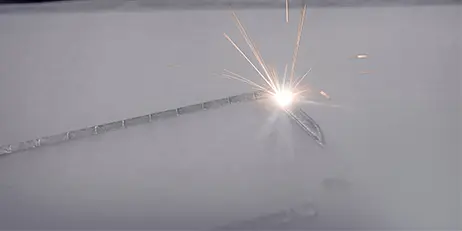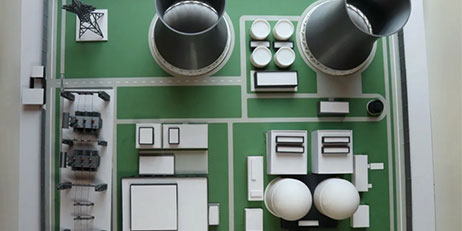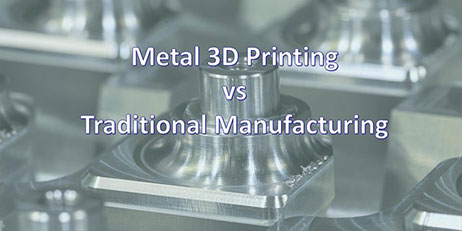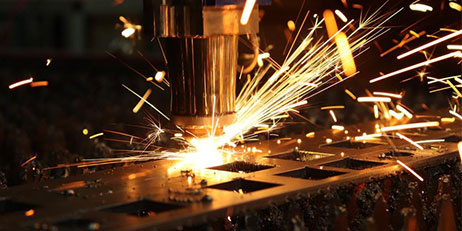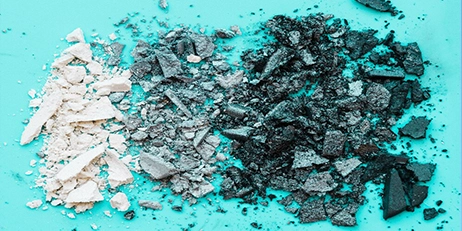The most obvious change in demand for metal additive manufacturing materials is the rapid growth in the use of aluminum alloys. Aluminum alloys have become the most popular alloys besides steel, titanium and nickel. They are predicted to be the third most popular alloy and account for nearly 20% of total metal AM material shipments by 2030. The increase in aluminum demand could be even more pronounced if binder jetting technology proves proficient in processing aluminum for mass production.
Aluminum alloys are the fourth largest material segment in terms of revenue in 2020, generating just $17.9 million, growing 36.8% in 2021. This allows us to better understand the size of the additive manufacturing materials market.
Aluminum alloy materials have always had the advantages of high strength, high thermal conductivity, light weight, wide sources, and low cost, so they are very suitable for industrial manufacturing, such as automobiles, aerospace, railway transportation and other industrial fields. With the rapid development of additive manufacturing technology, various types of metal 3D printing technologies are used in the research and application of aluminum alloy forming:
1. Laser powder bed fusion
The main advantage of using the laser powder bed process to manufacture parts is the ability to manufacture complex geometries with high precision and good surface quality. These characteristics predestined its exclusive application fields, such as heat exchangers with higher heat transfer efficiency, lightweight brackets, skin lattice structures, etc. These parts are manufactured by 3D printing, which also reduces the steps and costs of part manufacturing compared with traditional processes and achieves better performance. The use of laser powder bed technology to 3D print aluminum alloy parts is mostly used to manufacture parts with complex structures that are difficult to achieve by other processes.
2. Electron beam powder bed fusion
Electron Beam Selective Melting (EBM) of aluminum alloys has the advantage of being independent of reflectivity, parts exhibiting less thermal stress, and printing of crack-prone aluminum alloy grades compared to laser melting. In addition, vacuum conditions also reduce material oxidation, so this process offers great potential for the manufacture of aluminum alloys.
3. Binder jet 3D printing
There are great difficulties in printing aluminum alloy materials by binder jetting process. This is because it is easy to oxidize and react easily during the subsequent sintering process, which is a major challenge for this process to print aluminum alloys. In fact, aluminum alloys are not widely used in the MIM industry. However, through the optimization of the entire production process and materials, the binder jet 3D printing of aluminum alloy has made a breakthrough. Once the aluminum alloy binder jetting 3D printing process is mature, the market application potential is huge, and it can be used in the 3D printing and manufacturing of electric vehicles and electric aircraft parts to create new value.
Aluminum is considered to be one of the most promising materials for the next stage in the evolution of additive manufacturing to high-volume production applications. This is mainly due to aluminum's excellent mechanical properties and low price compared to lightweight metals such as titanium alloys. However, it will still take time and research to address the current challenges of aluminum 3D printing.
An early challenge with aluminum 3D printing was that most aluminum alloys used for additive manufacturing were originally developed for casting applications. In fact, the most commonly used aluminum alloy in additive manufacturing is AlSi10Mg, an age-hardened aluminum alloy with high hardness, strength and dynamic toughness, traditionally used as a casting alloy. Powders made from AlSi10Mg are commonly used in additive manufacturing, and the final components usually have high corrosion resistance, low density and high mechanical strength.
The metal 3D printing industry will continue to grow as manufacturers introduce more aluminum materials for additive manufacturing. Today, while aluminum's potential in additive manufacturing is largely untapped, it is making progress in some areas.
